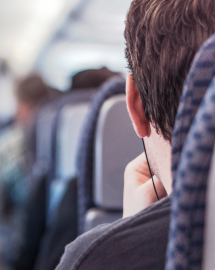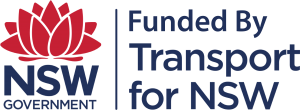Passenger Safety
Whether you are a passenger in a car, taxi, uber, motorcycle, bus, train or even a tuk-tuk if you are Thailand, your behaviour can affect not only the driver and other passengers but also the public going about their business. Your own safety depends on your vigilance and care.
It is important that you do not distract the driver as he or she needs to focus on the road and react quickly when and if there are obstructions or changes on the road. If your friend takes the wheel and you know that he or she has been drinking or taking drugs that can impair judgement whether illegal or not, you need to stop him or her from doing so.
Whilst on the road especially during long trips, you can avert disaster by keeping alert and letting the driver know of possible dangers, such as a kangaroo darting across the road or debris like falling trees. You can also check the driver from time to time to see if drowsiness is setting in and make him or her stop to rest.

Seat belts
Buckle Up – Wear a seat belt when in the car
- Seatbelts save lives and reduce injuries if there is a crash
- Seatbelts and child restraints prevent the passenger from being thrown around the car during a crash or sudden stop
- The driver is responsible for ensuring everyone in the car is properly restrained with the right seat belt,
- There are legal requirements for children under the age of 16 years to use an approved seat belt or child restraint.
Entering a car
How to enter a car
- Passengers need to enter the car from the footpath side. This is safer as you are not on the road or near other cars.
- Close the door – make sure the seat belt or clothing is not caught in the door
- Put the seat belt on as soon as you get in the car
- Before you disembark and swing open the door look forward and backward in case a car, person or bicycle is passing.
Limit Distractions
- Offer to change songs on the radio for the driver.
- Help give directions to the driver so they don’t have to look them up.
- Don’t show the driver something on your phone while they are driving.
- Refrain from pointing at things off the road.
- Keep conversations calm so the driver does not get upset.
- Don’t bend or reach over the driver.
- Don’t block the driver’s vision.
- If you feel the driver is going too fast, you should say so.
Back Seat Driving
- Don’t encourage the driver to take risks or do anything dangerous
- Passengers must not have any part of their body outside of the vehicle
- You can give the driver helpful information but refrain from being negative or critical on how they are driving.
- If the driver has had drugs or has been drinking, urge them not to drive and make sure you do not get in the car with them.
© 2021 An initiative of the Flagstaff Group. Funded by Transport for NSW.
ABN 53 000 551 575 | Charity Number CFN11129


